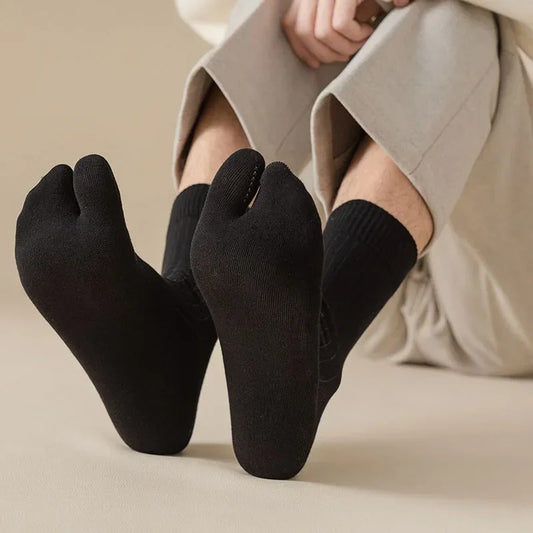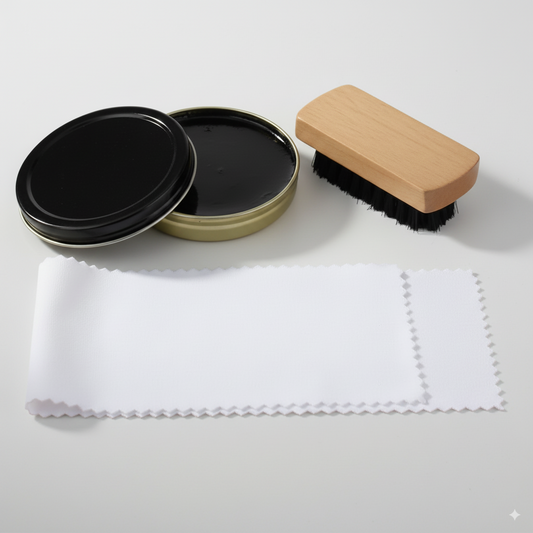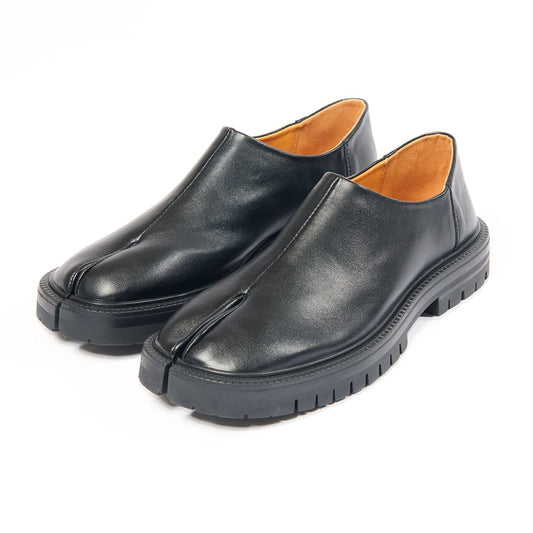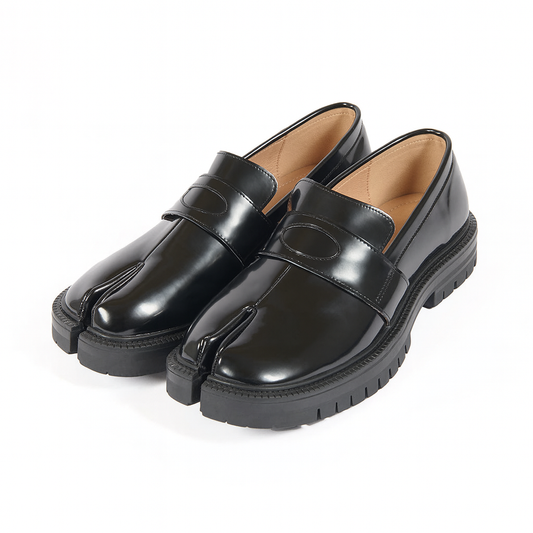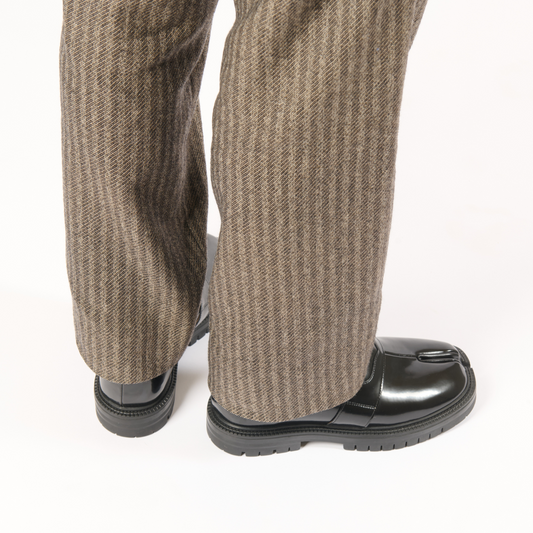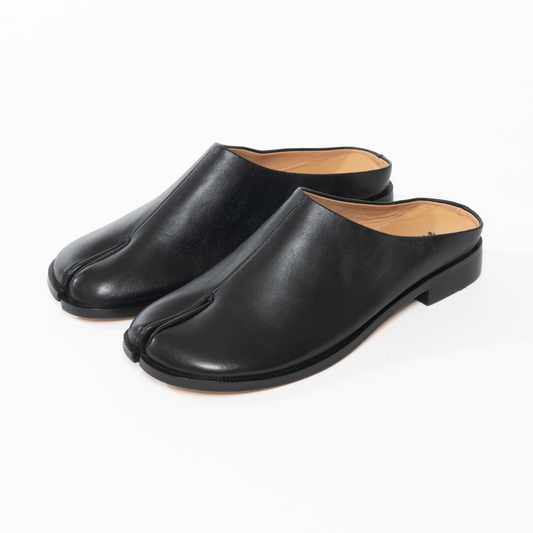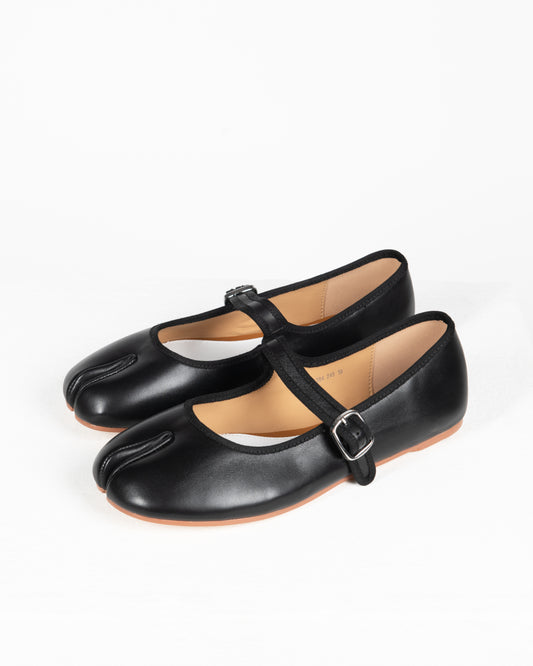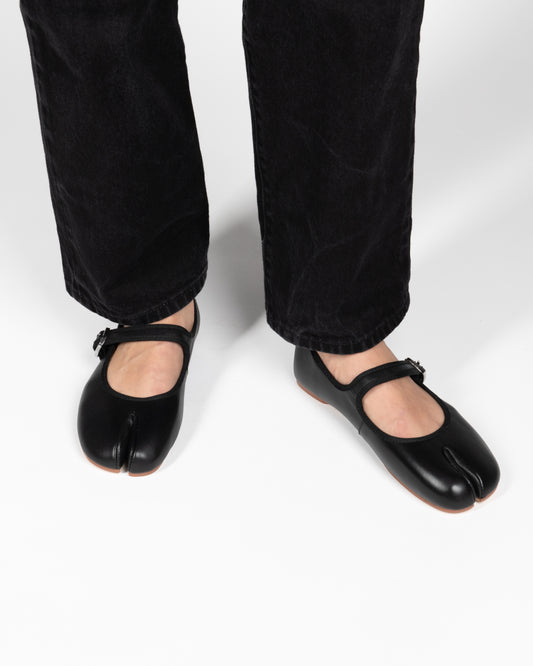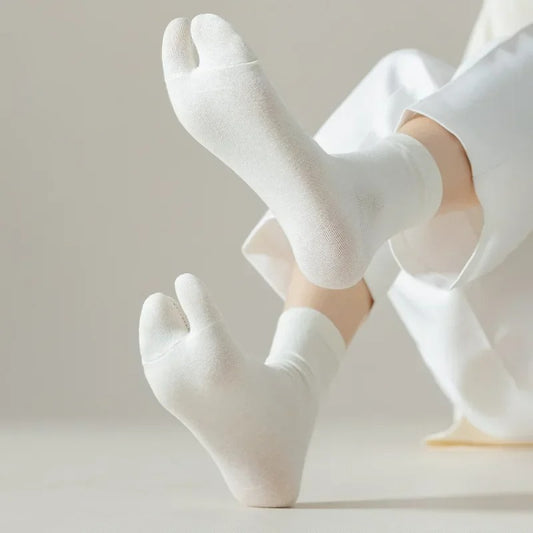Which Socks to Wear with Tabi?
Tabi, the iconic Japanese footwear, are instantly recognizable for their unique split-toe design. While their originality is captivating, it raises an essential question: which socks should you wear with them? Choosing the right socks is not only about aesthetics—it directly impacts comfort, shoe durability, and style authenticity. In this article, we’ll explore different options, from traditional Japanese tabi socks to modern alternatives, to help you pair your tabi with both style and comfort.
Why the Right Socks Matter with Tabi
Wearing tabi without suitable socks can affect both comfort and appearance. Unlike regular shoes, the split-toe design requires specific consideration when it comes to sock shape and material. Understanding this will allow you to fully enjoy your tabi.
Comfort and Foot Support
Tabi are designed to mold perfectly to the foot. Without the right socks, direct friction from the leather or fabric can cause irritation or blisters. Proper socks absorb sweat, improve fit, and make it possible to wear your tabi comfortably for hours.
Traditional Japanese socks, for example, provide a precise fit thanks to the separated big toe. They allow the foot to move naturally while staying supported—ideal if you wear your tabi for walking or long events.
Respecting the Aesthetic of Tabi
Tabi are minimalist, refined shoes. Wearing thick, ill-fitting, or standard socks can ruin the look. A well-chosen pair should match the shoe’s shape, highlight its unique cut, and ideally remain discreet so as not to draw attention away from the design.
In short, socks influence both comfort and aesthetics: they’re not just a cover for your feet, but an essential complement to the tabi style.
Traditional Japanese Socks (Tabi Socks)
The most natural choice for tabi is tabi socks, directly inspired by the traditional Japanese model. They are specifically designed to match the shoe’s structure.
The Split-Toe Design
The defining feature of tabi is the separated big toe. Tabi socks mirror this design, ensuring a precise fit and optimal comfort. This split allows the foot to move naturally, reduces friction, and keeps the shoe in place.
Wearing regular socks with tabi can cause folds or discomfort, as they aren’t designed for this shape. Tabi socks solve this issue with a tailored cut that fits each toe, preserving the shoe’s integrity.
The Best Materials
Traditionally, tabi socks are made of cotton or cotton-blend fabrics with added elastane. These provide breathability, softness, and durability. Cotton absorbs sweat, reducing odor and slippage inside the shoe, while elastane ensures the sock stays in place.
Modern versions also include lightweight or thermoregulating fabrics suited for different seasons. Material choice is key to maximizing comfort while maintaining your tabi’s longevity.
Modern Alternatives to Tabi Socks
Invisible or Low-Cut Socks
For a minimalist look, invisible socks are a great option. They are thin, low-cut, and designed not to show above the shoe. Some are adapted to the split-toe design, while others are more universal.
These socks allow you to wear tabi with a “barefoot” appearance, while still preventing friction. They’re perfect for warm weather or for those who want to preserve the traditional look without adding visible fabric.
High Socks for a Bold Style
For colder seasons or a statement look, high socks can be paired with tabi—provided they respect the split-toe cut. They add warmth, comfort, and the opportunity to experiment with colors, patterns, or textures.
This option works well for streetwear or avant-garde styles. Choosing thin, stretchy materials prevents bulkiness while maintaining comfort.
How to Match Socks and Tabi to Your Style
The socks you choose also depend on your personal style and the look you want to achieve:
- Minimalist look: choose plain tabi socks in white, black, or neutral tones. Thin and discreet, they highlight the shoe’s lines without distraction.
- Creative look: go for colorful or patterned tabi socks. They allow playful contrasts and give personality to your outfit.
- Formal or elegant look: opt for fine tabi socks in cotton or silk blends in muted tones. They ensure both comfort and sophistication, ideal with tailored pants or skirts.
In summary, the key to wearing socks with tabi is finding the right balance between comfort, respecting the shoe’s design, and harmonizing with your style.
Our designs blend tradition and innovation: organic cotton, flexible soles, and designs inspired by Tokyo streetwear.
